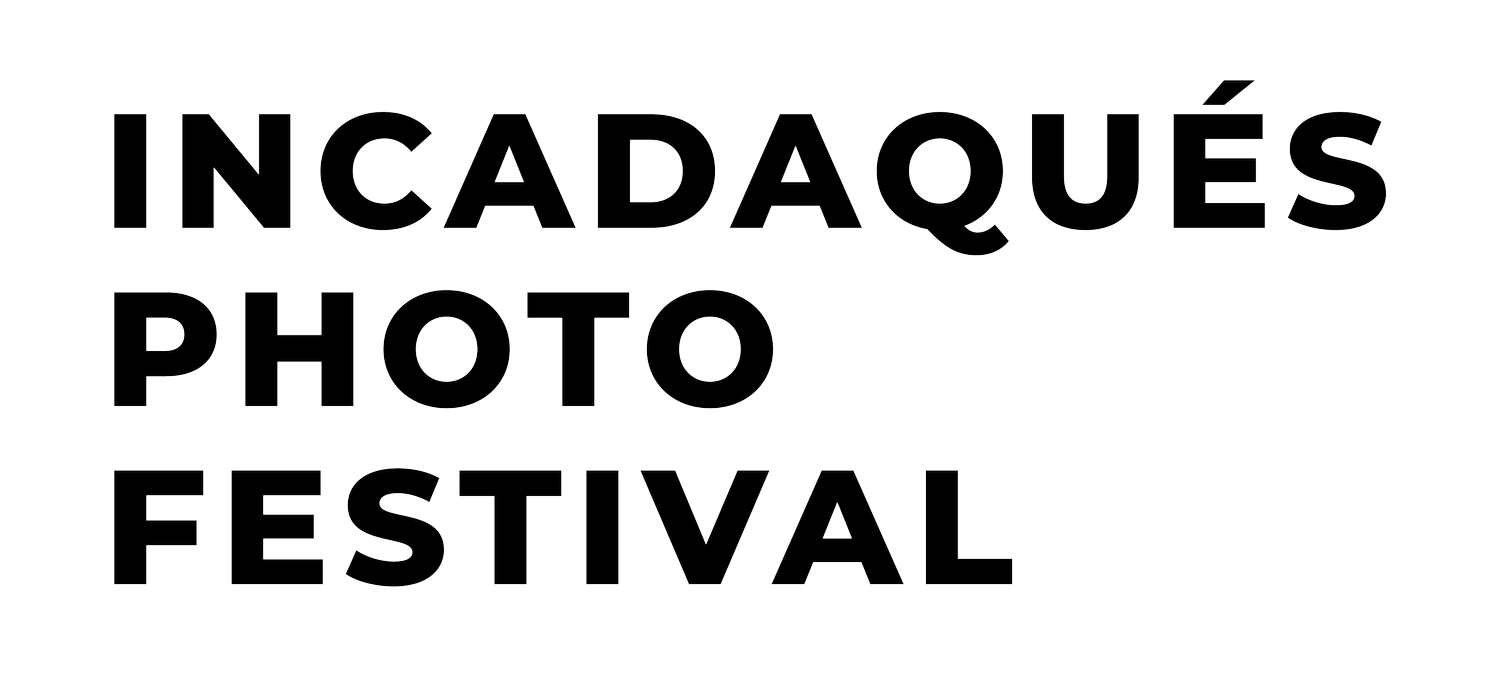Myriam Boulos
LEBANON
Instagram @myriamboulos
Born in 1992 in Lebanon, right after the end of the war, the artist emerged in a country undergoing a process of reinvention. From an early age, a deep connection with Beirut was forged, and a camera became the means to question the city, its people, and the artist's own place within this complex tapestry.
Graduating with a master's degree in photography from the Academie Libanaise des Beaux Arts in 2015, the artist has since participated in numerous national and international collective exhibitions. Notable showcases include Photomed, Beirut Art Fair, Berlin PhotoWeek, Mashreq to Maghreb (Dresden, Germany), Beyond Boundaries (New York), C'est Beyrouth (Paris), and Les Jeux de la Francophonie (Abidjan, Cote d'Ivoire).
Recognition for their work arrived in 2014 when the artist received the prestigious Byblos Bank Award for Photography. This accolade led to their first solo exhibition at the Byblos Bank in April 2015, marking a significant milestone in their artistic journey. A second solo exhibition followed in 2019, hosted at the French Institute of Lebanon.
Today, the artist continues to employ photography as a means of exploration, defiance, and resistance against societal norms. Through their lens, they constantly reinvent themselves within the body and the city they call home.
• SERIES •
The ongoing revolution in Lebanon
The ongoing revolution in Lebanon
The revolution started in Lebanon on the 17th of October 2019. Since then, everything has been emotionally and physically draining and confusing but also beautiful, sad and awakening. It all feels as if we were coming out of an abusive relationship and to finally say: No, this is not normal. When the revolution started in Lebanon, it was the most natural thing for me to take my camera and go to the streets. Photography has always been my way of participating to life, as it is today, my way of taking part in the revolution. In the ongoing socio-political context, it felt to me like there was no choice: the subject of my photography imposed itself on me. It was more a question of need and necessity than a question of desire. The slow documentary that normally constitutes my approach was ever so naturally replaced by something else something new, and within the revolution I let myself carry by the big wave coming towards me, big wave much bigger than me. My project is about documenting the different facettes of the Lebanese revolution from a local point of view. My approach is characterized by the direct flash I use in this project but also in others. This potentially comes from my need to make things real. The direct flash also helps me work on textures, bodies and skins. In the context of the revolution, the proximity between the bodies says a lot about the situation. It is the first time that we claim our public spaces, our streets, our country. It is the first time that different social classes mix together in the streets. In our streets. In parallel to the photographic documentation, I am also documenting the evolution of my emotions during the revolution. It is sort of a diary that accompanies the pictures. Example: Monday, 20 Jan Beirut, Lebanon Tonight in the teargas I took all my pictures with eyes closed. They say the moment of a picture is a black out. I wonder if I don't look at these emotions, will they disappear?





